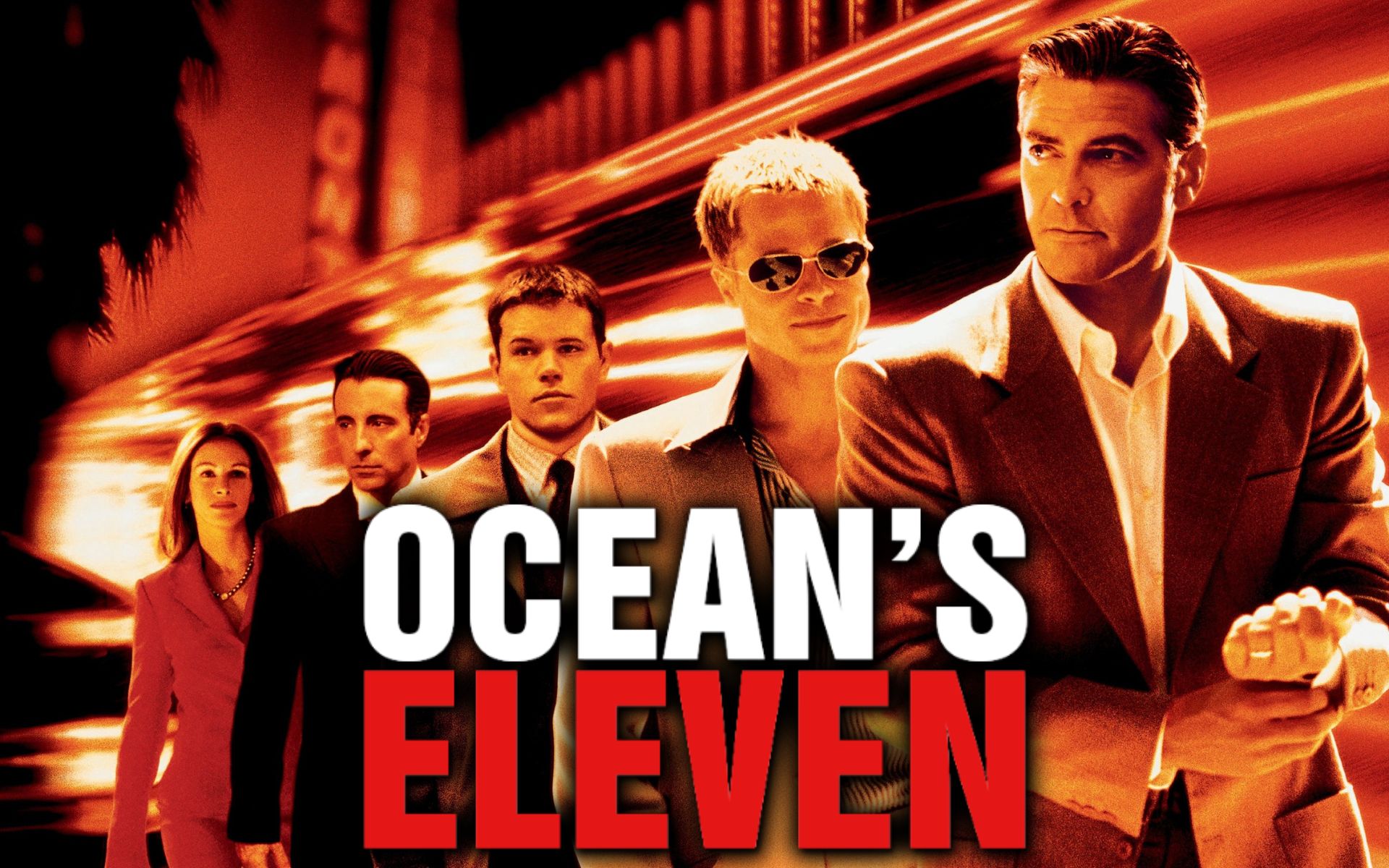Black Panther: Wakanda Forever It was a big weekend success and a fitting end to the eventful fourth leg of Marvel. But it also did something else: brought back the Wakanda feature to the discussion. The fictional country, one of the most unique in the publishing world of the studio, appeared in the film version in mix of afrofuturism and pure sci-fi. Especially when it comes to demonstrating how the kingdom’s culture is using vibranium to create an entirely new version of the technology.
But apart from its high-tech version, Wakanda is also a mysterious region due to its particular political configuration. Ruled by a king, who is in turn supported by representatives of the tribes that make up the territory, it is not just a country. In addition, it is a coalition that brings together completely different points of view on the autonomy and independence of Wakanda. As if that weren’t enough, he ties together different perspectives on how to understand the wealth and technology of the kingdom as a whole.
AT Black Panther: Wakanda Forever, Ryan Coogler, Wakanda has moved from being just a context to also becoming a debate about a new political dimension. The exploration of power and how it is exercised was one of the highlights of a script full of many interpretations. A perspective in which tribes matter a lot. We explain everything you need to know about the cultural stratification in the fictional Mighty Marvel Country.
Wakanda’s World Black Panther: Wakanda Forever
Wakanda first appeared in a comic fantastic Four #52, July 1966 by Stan Lee and Jack Kirby. It was important to both creators that the fictional country be more than just a mysterious enclave. everything should be characteristic of a particularly difficult placein which power was discussed in the midst of ritual customs.
Thus, the artists created a broad, complex and well-analyzed concept of history to outline a nation of unspeakable power. Since its inception, vibranium has been not only the most valuable metal in the world, but also what allowed Wakanda to become a shadow superpower.
The level of detail has even led to a deepening of Wakanda’s identity as an independent culture. In the comic, three languages are widely spoken in the country: Wakandan, Yoruba, and Hausa. AT Black Panther: Wakanda Forever, Ryan Coogler decided to simplify the language section and link the common dialect to the Xhosa language of Southeast Africa. Only the Jabari tribe uses a different language: a variation of the Nigerian Igbo dialect.
Black Panther: Wakanda Foreverlook into the mysterious world
The country’s capital is Birnin-Zana, the political and cultural center of the kingdom. Also the location of the family that inherits the Black Panther costume and rules by dynastic right. According to the comic, the country is located on the northern tip of Lake Turkana, between South Sudan, Uganda, Kenya, and Ethiopia.
But really, the most important point of Wakanda is its tribes. An element that in a comic is complex and hierarchical, but Black Panther: Wakanda Forever simplified by script flexibility. Of the original 18, only six are shown in the dilogy, and all of them are essential to understanding the power surrounding the country’s throne.
golden tribe
The tribe of the direct descendant of the first Black Panther, Basheng, includes the ruling dynasty of the country. This is also the one that T’Chaka, T’Challa and Shuri belong to. She is the embodiment of the power of the Panther Goddess and the one who is in charge of enforcing the ancient commandment of protecting the country with a hero costume that is contested in Black Panther: Wakanda Forever.
 100vw, 780px”><noscript><img data-attachment-id=) Marvel Studios
Marvel StudiosThe important point is that each member has a spiritual connection with the Bast, which connects them to the beliefs of the country. This also gives them considerable importance when it comes to understanding their superiority over the rest of the country’s tribes.
border tribe
Although they are ostensibly engaged in ranching and farming, they are Wakanda’s first line of defense. In the 2018 film, it was commanded by W’Kabi and its form of organization was specialized warriors. They are responsible not only for the protection of the country’s borders, but also for the analysis of power relations with neighboring countries.
It can be said that the Border Tribe is responsible for protecting the integrity of Wakanda, so its importance lies at a strategic level. Despite being a peaceful country, the kingdom is ready for war and any unforeseen circumstances, including violation of its borders. Something fundamental in Black Panther: Wakanda Forever.
River tribe and mining tribe
Both are responsible for maintaining the country, so they often share the same duties and powers. In particular, the mining tribe responsible for the extraction of vibranium is required to make mining an activity that does not affect the fauna and flora of the country.

As for the River Tribe (to which Nakia belongs), they are the quartermaster core of the country. One that also has significant responsibility for feeding and maintaining food in the area. Especially considering the specifics of Wakanda as a territory isolated from its neighbors.
Jabari tribe
The Mountain Tribe, led by M’Baku, is a tribe that somehow stands outside the guiding power of the tribes. He also does so by his own decision and maintains a reasonable distance from the decisions of the Crown. In fact, in Black Panther: Wakanda Forever one can see how he not only distrusts the decisions of the throne, but directly censors them.
However, this tribe is a traditional ally of the sea bream and together they faced the biggest threats to the country. In both the comic book and the Marvel Cinematic Universe, the two share a deep and almost emotional bond at the time of Wakanda’s greatest danger.













